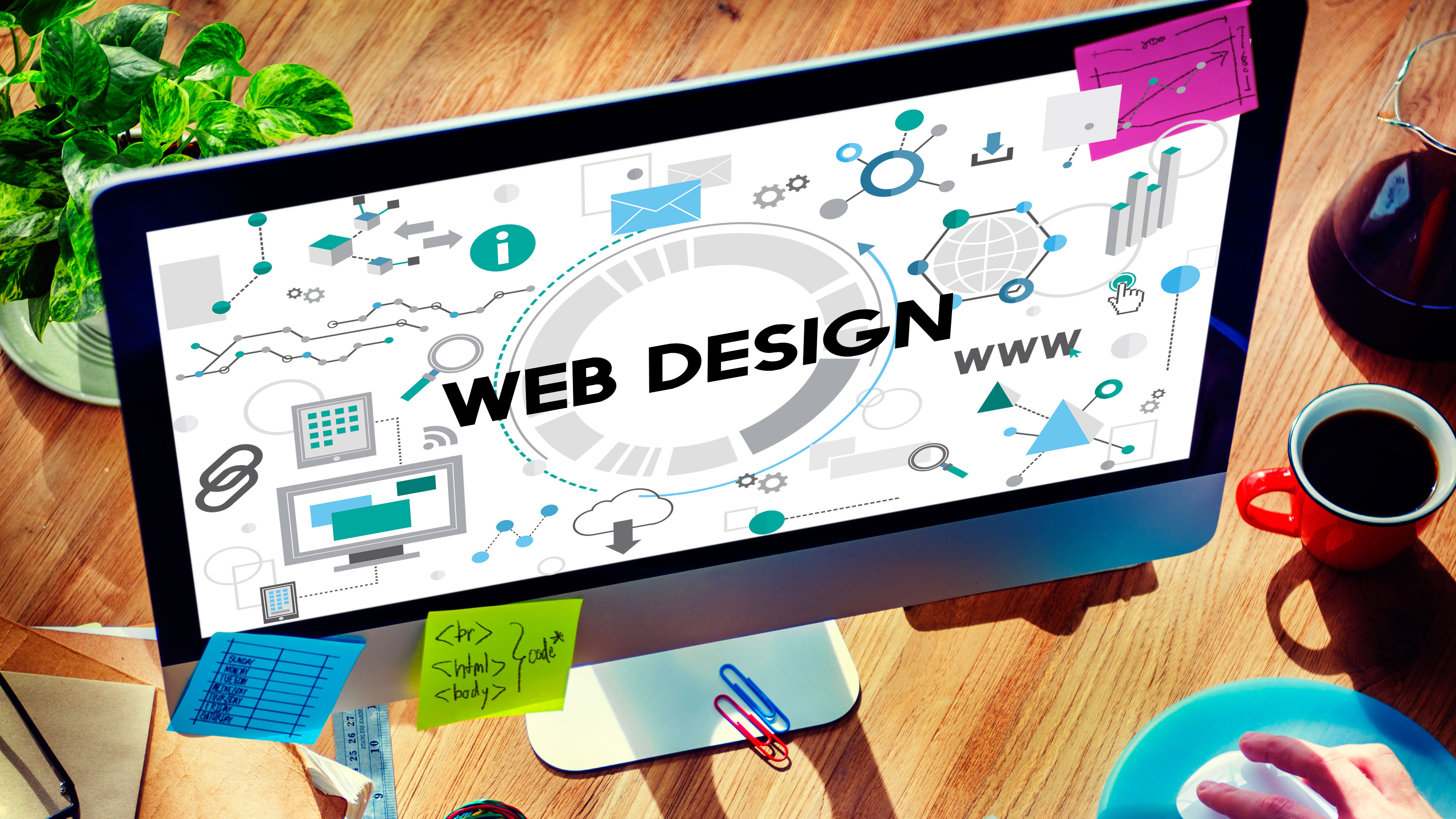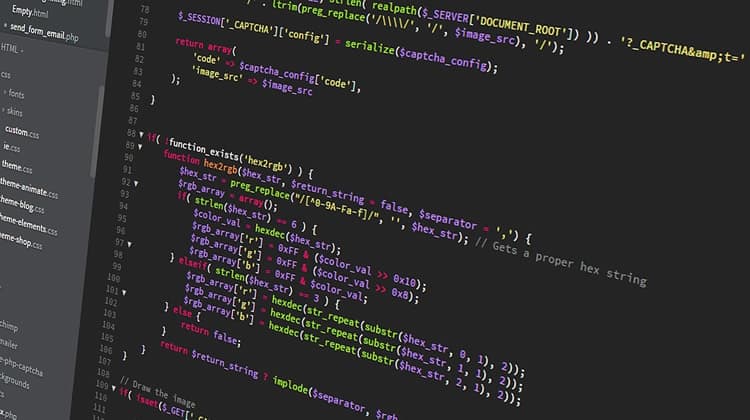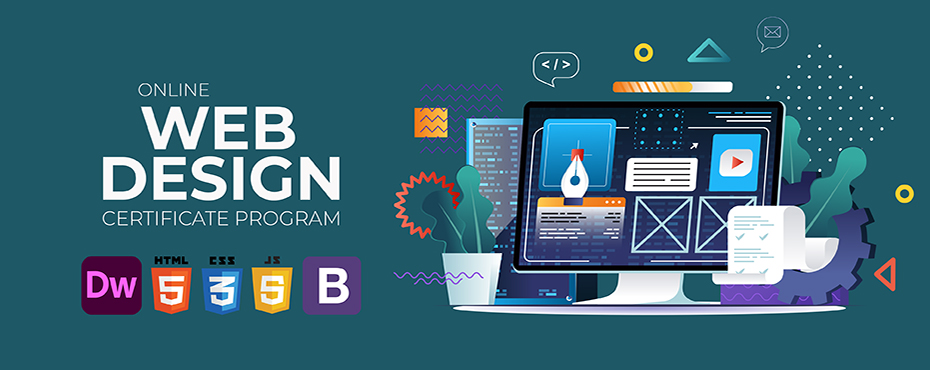All Categories
Featured
Table of Contents
- – Web Design Tutorials By Envato Tuts+ Tips and ...
- – Figma: The Collaborative Interface Design Too...
- – Wicky Design: Philadelphia Web Design Tips an...
- – Why Good Web Design Is Important, And Why You...
- – Web Design Company In Orlando, Florida And Ba...
- – Beginner's Guide: How To Learn Web Design At ...
- – The Top Ecommerce, Website Design ... - Seat...
- – Law Firm Website Design, Attorney Web Design...
- – Powderkeg: Web Design Madison, Wi Tips and T...
- – Google Web Designer - Home Tips and Tricks:
- – Web Design Vs. Web Development - Upwork Tips...
Web Design Tutorials By Envato Tuts+ Tips and Tricks:
Quick summary Use and the utility, not the visual design, determine the success or failure of a website. Because the visitor of the page is the only individual who clicks the mouse and for that reason chooses whatever, user-centric design has actually developed as a standard method for effective and profit-oriented website design - web design frederick md.
and the energy, not the visual style, determine the success or failure of a website. Since the visitor of the page is the only person who clicks the mouse and for that reason decides whatever, user-centric style has ended up being a basic method for effective and profit-oriented website design. If users can't use a feature, it may as well not exist.
g. where the search box must be positioned) as it has actually already been carried out in a number of articles; instead we concentrate on the approaches which, utilized properly, can cause more advanced style choices and simplify the procedure of perceiving presented information. Please see that you may be interested in the usability-related articles we've published prior to: Principles Of Good Site Design And Efficient Website Design Standards, In order to utilize the concepts effectively we first need to understand how users engage with websites, how they think and what are the fundamental patterns of users' behavior.
Figma: The Collaborative Interface Design Tool. Tips and Tricks:
Visitors look at each new page, scan some of the text, and click the first link that catches their interest or slightly resembles the important things they're looking for. There are big parts of the page they do not even look at. Most users browse for something intriguing (or beneficial) and clickable; as quickly as some appealing candidates are discovered, users click.
If a page offers users with high-quality material, they are prepared to compromise the content with advertisements and the style of the website. This is the factor why not-that-well-designed sites with premium material gain a great deal of traffic over years. Content is more vital than the design which supports it.

Users do not check out, they scan. Notification how "hot" locations abrupt in the middle of sentences. This is common for the scanning procedure. Very easy principle: If a site isn't able to meet users' expectations, then designer failed to get his job done properly and the business loses money. The greater is the cognitive load and the less user-friendly is the navigation, the more ready are users to leave the site and look for options.
Wicky Design: Philadelphia Web Design Tips and Tricks:
Neither do they scan website in a linear style, going sequentially from one site section to another one. Instead users satisfice; they select the first affordable choice. As quickly as they find a link that seems like it might cause the goal, there is a great possibility that it will be immediately clicked.
It doesn't matter to us if we understand how things work, as long as we can use them. If your audience is going to act like you're creating signboard, then design excellent billboards." Users want to have the ability to manage their internet browser and rely on the consistent data discussion throughout the website.
If the navigation and site architecture aren't user-friendly, the number of concern marks grows and makes it harder for users to comprehend how the system works and how to get from point A to point B. A clear structure, moderate visual clues and easily recognizable links can assist users to discover their course to their goal.
Why Good Web Design Is Important, And Why You Need It Tips and Tricks:

Given that users tend to explore websites according to the "F"-pattern, these 3 statements would be the first components users will see on the page once it is packed. The style itself is easy and instinctive, to understand what the page is about the user requires to search for the answer.
As soon as you have actually achieved this, you can interact why the system is helpful and how users can benefit from it. Do Not Squander Users' Patience, In every project when you are going to use your visitors some service or tool, try to keep your user requirements minimal.
Novice visitors want to, not filling long web kinds for an account they might never ever utilize in the future. Let users explore the site and find your services without requiring them into sharing private information. It's not affordable to force users to get in an e-mail address to check the function.
Web Design Company In Orlando, Florida And Bangor, Maine Tips and Tricks:
Stikkit is a best example for an easy to use service which requires nearly nothing from the visitor which is unobtrusive and reassuring. Which's what you want your users to feel on your website. Apparently, Mite needs more. Nevertheless the registration can be done in less than 30 seconds as the kind has horizontal orientation, the user doesn't even require to scroll the page.
A user registration alone is adequate of an obstacle to user navigation to cut down on incoming traffic. Manage To Focus Users' Attention, As sites offer both fixed and vibrant content, some aspects of the user interface draw in attention more than others do.
Focusing users' attention to particular locations of the website with a moderate use of visual aspects can assist your visitors to receive from point A to point B without thinking of how it in fact is expected to be done. The less enigma visitors have, the they have and the more trust they can develop towards the business the site represents.
Beginner's Guide: How To Learn Web Design At Home - Medium Tips and Tricks:
4. Make Every Effort For Function Exposure, Modern website design are normally criticized due to their method of directing users with visually appealing 1-2-3-done-steps, big buttons with visual impacts etc. But from the design perspective these aspects in fact aren't a bad thing. On the contrary, such as they lead the visitors through the website material in a very easy and user-friendly method.
The website has 9 main navigation options which are visible at the very first glimpse. What matters is that the material is well-understood and visitors feel comfy with the method they connect with the system.
com gets straight to the point. No charming words, no overemphasized declarations. Instead a rate: simply what visitors are trying to find. An optimal option for reliable writing is touse brief and concise expressions (come to the point as quickly as possible), use scannable design (classify the material, use multiple heading levels, use visual elements and bulleted lists which break the flow of consistent text blocks), usage plain and objective language (a promo does not need to seem like advertisement; offer your users some sensible and objective reason that they need to use your service or remain on your website)6.
The Top Ecommerce, Website Design ... - Seattle Tips and Tricks:
Users are hardly ever on a site to take pleasure in the style; moreover, for the most part they are trying to find the info in spite of the style - web design frederick md. Aim for simpleness instead of complexity. From the visitors' point of view, the best site style is a pure text, without any advertisements or further material obstructs matching precisely the question visitors utilized or the material they have actually been trying to find.
Finch clearly presents the information about the site and provides visitors a choice of choices without overcrowding them with unneeded content. 7. Do not Be Afraid Of The White Area, Actually it's actually hard to overestimate the value of white space. Not just does it assist to for the visitors, however it makes it possible to perceive the info provided on the screen.
Complex structures are more difficult to read, scan, evaluate and work with. If you have the option in between separating two design sections by a visible line or by some whitespace, it's typically much better to utilize the whitespace solution. (Simon's Law): the better you handle to supply users with a sense of visual hierarchy, the easier your material will be to view.
Law Firm Website Design, Attorney Web Design, Lawyer ... Tips and Tricks:
The exact same conventions and guidelines must be applied to all elements.: do the most with the least quantity of hints and visual aspects. Clarity: all parts must be created so their significance is not unclear.
Conventions Are Our Good friends, Standard style of site aspects does not result in a dull web website. As they reduce the discovering curve, the requirement to figure out how things work. It would be an usability nightmare if all websites had various visual presentation of RSS-feeds. That's not that different from our regular life where we tend to get used to standard concepts of how we arrange data (folders) or do shopping (positioning of products).
understand what they're getting out of a website navigation, text structure, search positioning etc. A case in point from usability sessions is to equate the page in Japanese (assuming your web users don't understand Japanese, e. g. with Babelfish) and provide your functionality testers with a task to discover something in the page of various language.
Powderkeg: Web Design Madison, Wi Tips and Tricks:
Test Early, Test Often, This so-called TETO-principle needs to be used to every web style task as usability tests frequently offer into significant problems and issues related to a given layout. Test not too late, not too little and not for the incorrect reasons.
Some essential indicate keep in mind: according to Steve Krug, and testing one user early in the task is much better than testing 50 near the end. Accoring to Boehm's first law, mistakes are most regular throughout requirements and design activities and are the more expensive the later on they are removed.
That implies that you create something, test it, fix it and then check it again. There might be issues which haven't been found during the very first round as users were practically obstructed by other problems.
Google Web Designer - Home Tips and Tricks:

This holds for designers also. After you've dealt with a website for couple of weeks, you can't observe it from a fresh viewpoint any longer. You know how it is developed and therefore you understand exactly how it works you have the wisdom independent testers and visitors of your site would not have.
It can be linked to other areas such as graphic design, user experience, and multimedia arts, but is more aptly seen from a technological standpoint. It has ended up being a big part of people's everyday lives. It is tough to envision the Web without animated graphics, different designs of typography, background, videos and music.

Throughout 1991 to 1993 the Internet was born. Text-only pages might be seen using a simple line-mode browser. In 1993 Marc Andreessen and Eric Bina, developed the Mosaic web browser. At the time there were multiple browsers, nevertheless most of them were Unix-based and naturally text heavy. There had been no integrated method to graphic design components such as images or sounds.
Web Design Vs. Web Development - Upwork Tips and Tricks:
The W3C was created in October 1994 to "lead the Internet to its full potential by establishing typical procedures that promote its advancement and ensure its interoperability." This dissuaded any one company from monopolizing a propriety internet browser and programming language, which might have changed the effect of the Web as a whole.
As this has occurred the technology of the web has likewise proceeded. There have likewise been significant changes in the method individuals use and access the web, and this has altered how websites are developed. Since completion of the internet browsers wars [] brand-new internet browsers have been released. A lot of these are open source meaning that they tend to have quicker development and are more supportive of new standards.
Learn more about Lovell Media Group LLC or TrainACETable of Contents
- – Web Design Tutorials By Envato Tuts+ Tips and ...
- – Figma: The Collaborative Interface Design Too...
- – Wicky Design: Philadelphia Web Design Tips an...
- – Why Good Web Design Is Important, And Why You...
- – Web Design Company In Orlando, Florida And Ba...
- – Beginner's Guide: How To Learn Web Design At ...
- – The Top Ecommerce, Website Design ... - Seat...
- – Law Firm Website Design, Attorney Web Design...
- – Powderkeg: Web Design Madison, Wi Tips and T...
- – Google Web Designer - Home Tips and Tricks:
- – Web Design Vs. Web Development - Upwork Tips...
Latest Posts
Web Design - Linkedin Learning, Formerly Lynda.com Tips and Tricks:
Html Responsive Web Design - W3schools Tips and Tricks:
Web Design - Linkedin Learning, Formerly Lynda.com Tips and Tricks:
More
Latest Posts
Web Design - Linkedin Learning, Formerly Lynda.com Tips and Tricks:
Html Responsive Web Design - W3schools Tips and Tricks:
Web Design - Linkedin Learning, Formerly Lynda.com Tips and Tricks: